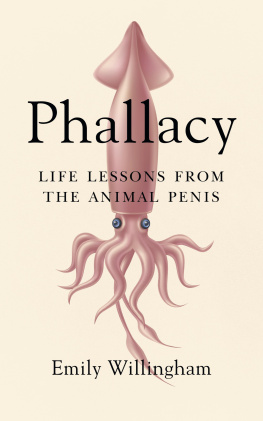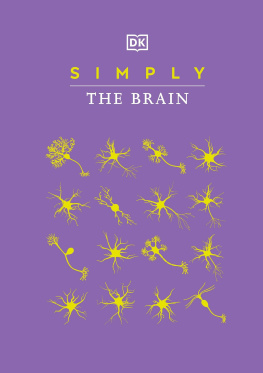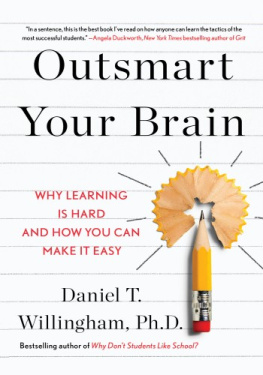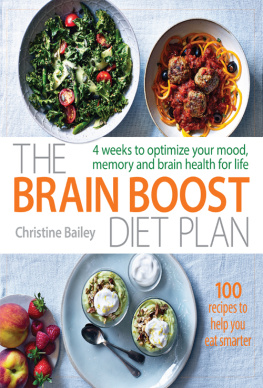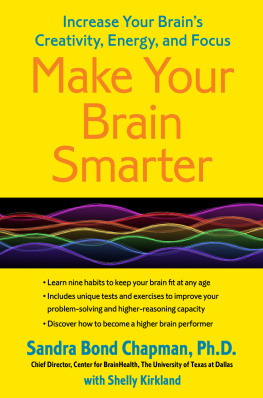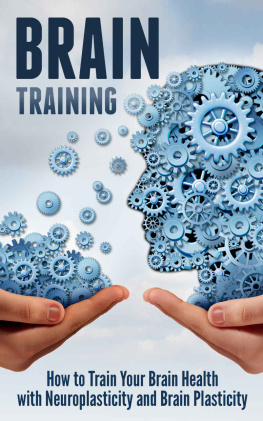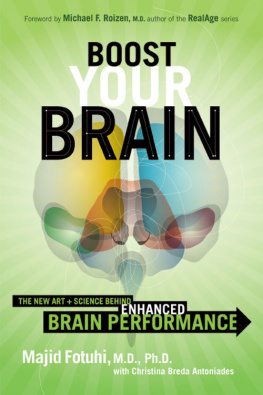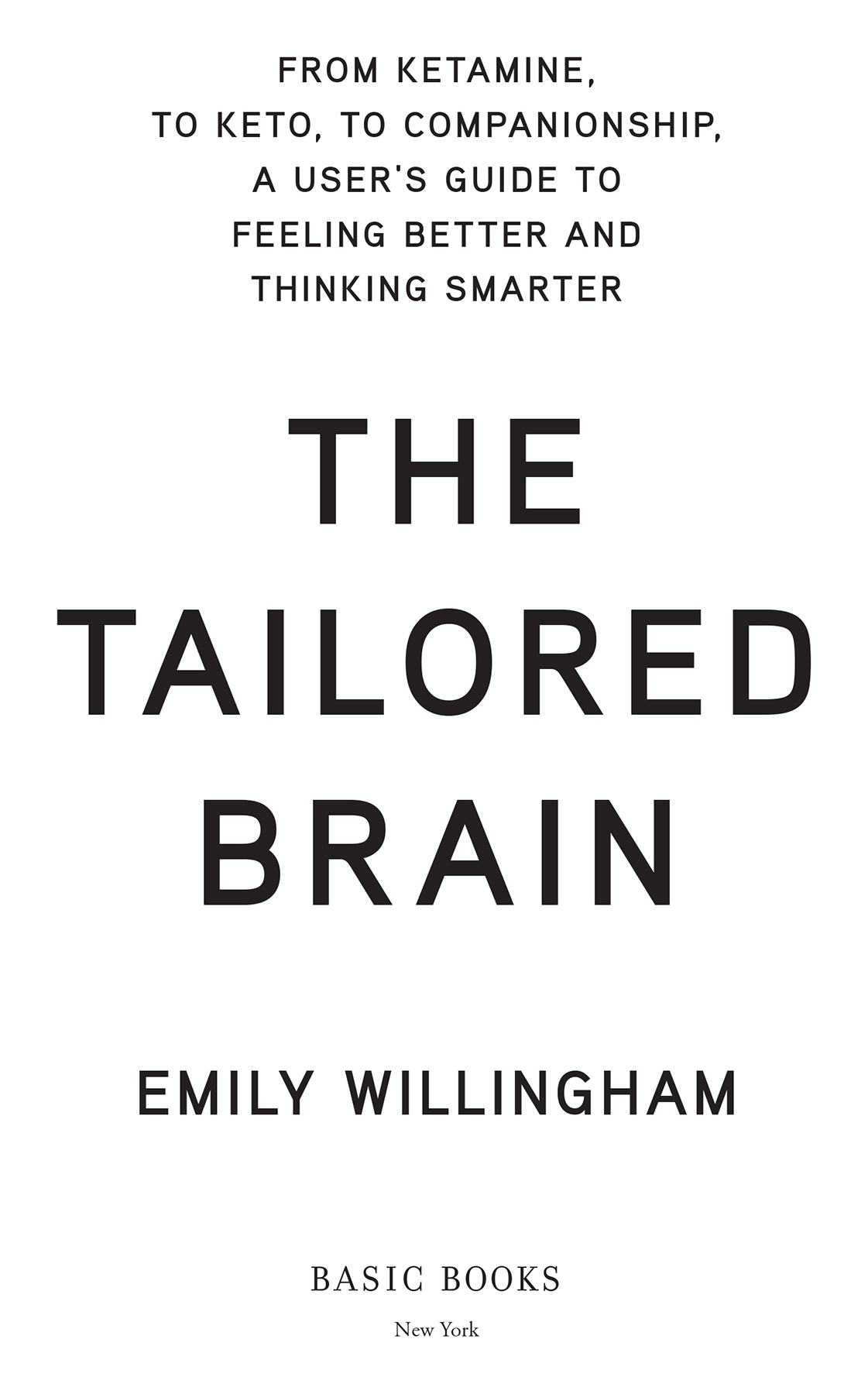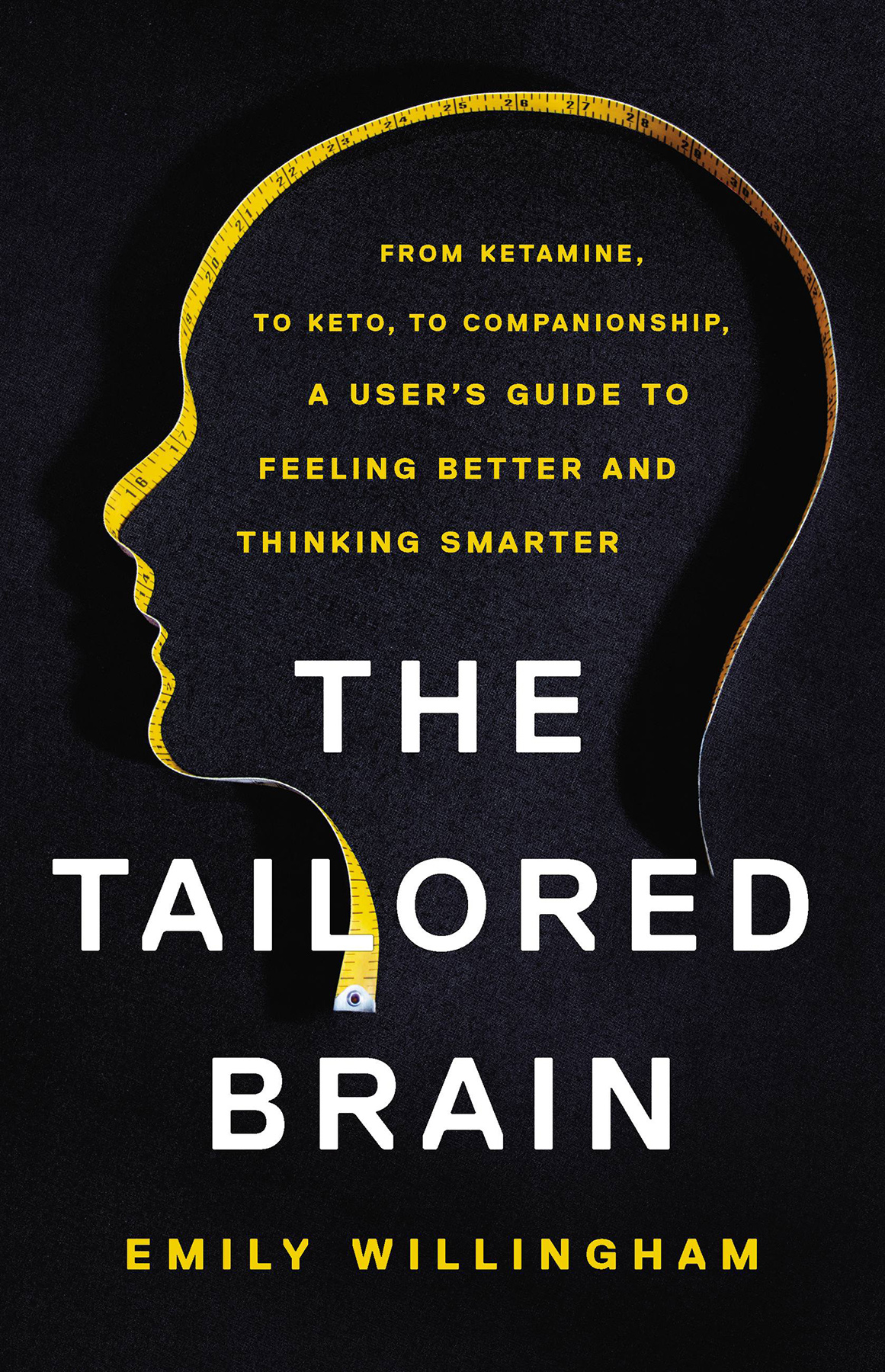
Copyright 2021 by Emily Willingham
Cover design by Ann Kirchner
Cover images: Ann Kirchner; Malven57/Shutterstock.com
Cover copyright 2021 Hachette Book Group, Inc.
Hachette Book Group supports the right to free expression and the value of copyright. The purpose of copyright is to encourage writers and artists to produce the creative works that enrich our culture.
The scanning, uploading, and distribution of this book without permission is a theft of the authors intellectual property. If you would like permission to use material from the book (other than for review purposes), please contact permissions@hbgusa.com. Thank you for your support of the authors rights.
Basic Books
Hachette Book Group
1290 Avenue of the Americas, New York, NY 10104
www.basicbooks.com
First US Edition: December 2021
Published by Basic Books, an imprint of Perseus Books, LLC, a subsidiary of Hachette Book Group, Inc. The Basic Books name and logo is a trademark of the Hachette Book Group.
The Hachette Speakers Bureau provides a wide range of authors for speaking events. To find out more, go to www.hachettespeakersbureau.com or call (866) 376-6591.
The publisher is not responsible for websites (or their content) that are not owned by the publisher.
Library of Congress Cataloging-in-Publication Data
Names: Willingham, Emily Jane, 1968 author.
Title: The tailored brain : from ketamine, to keto, to companionship, a users guide to feeling better and thinking smarter / Emily Willingham.
Description: First U.S. edition. | New York, NY : Basic Books, 2021. | Includes bibliographical references and index.
Identifiers: LCCN 2021021510 | ISBN 9781541647022 (hardcover) | ISBN 9781541647015 (ebook)
Subjects: LCSH: Cognition. | Brain. | Thought and thinking. | Happiness.
Classification: LCC BF311 .W5883 2021 | DDC 153dc23
LC record available at https://lccn.loc.gov/2021021510
ISBNs: 9781541647022 (hardcover); 9781541647015 (ebook)
E3-20211102-JV-NF-ORI
To all the beloveds in my life, and especially to my mother, who from my earliest days opened door after door to opportunity for me.
I am glad you are reading this book because it means that your brain and my brain are interacting. Using your brain, you are encountering things I had in my brain, and my hope is that at the end, you will feel that the interaction was useful. The preceding sentence encapsulates the main theme of this book: when human brains interact with each other, they offer benefit beyond the individual. What distinguishes this book from many others about improving the brain is that the improvements arent for your benefit alone. As a social species in easy connection with each other, we humans have the best tools available to tailor all our cognitions: global, social, stress, attention, mood, and creative. In doing so, using one of the oldest tools we have availableone anotherwe create benefit for all of us.
When people talk about improving their brains, especially self-improvement, they are usually thinking about chemical tweaks, superfoods, drugs, electricity, magnets, supplements, herbs, playing chess, listening to Mozart (it is always Mozart), or nature bathing among any trees that havent burned down yet. But the things that genuinely work to improve our cognition, creativity, memory, attention, and mood arent usually pills or even fun and challenging games. Sure, keto diets, ketamine, and brain-stimulation techniques can have effects, especially on specific ways we use our brains. But what they do often doesnt compare in magnitude, persistence, or breadth to the brain-wide impact of the human factor. Yes, one of the interventions that works best tends to be a little closer to home, sometimes literally, because the secret ingredient is being a human around other humans.
Lots of books and people flogging supplements and brain rewiring promise that theyll give you the brain you want. But most of these interventions may well target the wrong outcome. What, really, is the benefit of a brain booster that promises to bump your IQ three points versus a strategy that might help you become a kinder, more understanding, more empathetic person? Even though an essential feature of our species is being social, empathy and social-cognition skills dont ever seem to be at the top of the to tailor list for our brains. When is the last time a supplement manufacturer promised you that their product would make you more empathetic or kinder? What programs promising to rewire your brain target such an aim, unless its so you can manipulate others to your purposes? Certainly, such programs dont talk about how you can use enhanced tools like empathy to help someone else have a better brain. This book, however, does.
Here, I use peer-reviewed evidence to characterize mostly self-driven and next-generation approaches that might be truly useful in customizing a brain youd be pleased to have. The options cover ingestibles, electrostimulation, diet, lifestyle practices, and taking the measure of your social cognition. If youre intractably committed to the aim of being smarter, shaping your social-cognitive capacities can offer better overall cognition as an accoutrement. It turns out that the work of understanding and interacting with other people can be our best brain-tailoring tool.
We start by mapping out our Planet Brain and the infrastructure that keeps it functioning. The planet metaphor I use here is intended to create a spatial memory for you. With that mental map, youll find it easier to navigate the complex, forgettable, and often redundant names we use for brain anatomy and brain function, along with the many layers of brain architecture, from lobes to nodes to neurons. By the end of arrangement, contours, and connections of Planet Brain, providing a basis for understanding how the interventions detailed in this book might workor not work, as the case may be. The chapter ends on the books primary theme: your Planet Brain is part of a system. Its not a biosphere that stops just behind your skull, but a natural component of a larger interacting collective of other brains, all in constant states of change. Your best bet for function in that system is to build internal fluidity for external flexibility, not by focusing rigidly on yourself and your own brain but by developing and maintaining healthy connectivity with others.
The interventions we look at in this book can rely on complicated technology, as can the studies that evaluate them, and these therapies act on our most complex organ at different levels. The first chapter is intended to orient you to the physical environment of the brain. The second chapter orients you to what these interventions do and how they do it. Understanding the relevance of research into these approaches means needing to understand the studies themselvesand the claims that are made based on those studies. So , which take on the enormous question of global cognition.
Most people interested in brain training for their individual betterment would probably consider these chapters to be key for them. Indeed, plenty of books, marketing materials for brain-training outfits, and supplements on shelves target enhancing cognition, which remains the most sought-after prize in the brain-improvement industry. In these two chapters, youll learn about the damaged and dark history of how weve tried to measure the elusive trait of improved cognition and the motivations lurking beneath those efforts. Then youll find an assessment of the evidence for various claims around computer- and video-based brain training, transcranial stimulation, meditation, and more. I hope the content of these chapters surprises you, perhaps about yourself and certainly about what we think were improving and why. Youll definitely find a few interesting, short cognitive challenges to take for a spin (one of them with a 0 percent solve rate in studies), which are always fun. This pair of chapters closes with an examination of the interventions that seem to yield the most bang for the buck when it comes to cognitive benefit. Perhaps at this point, you wont be surprised to learn that the big success story doesnt involve only a single individual brain but the influence of many brains working together to solve a problem.


